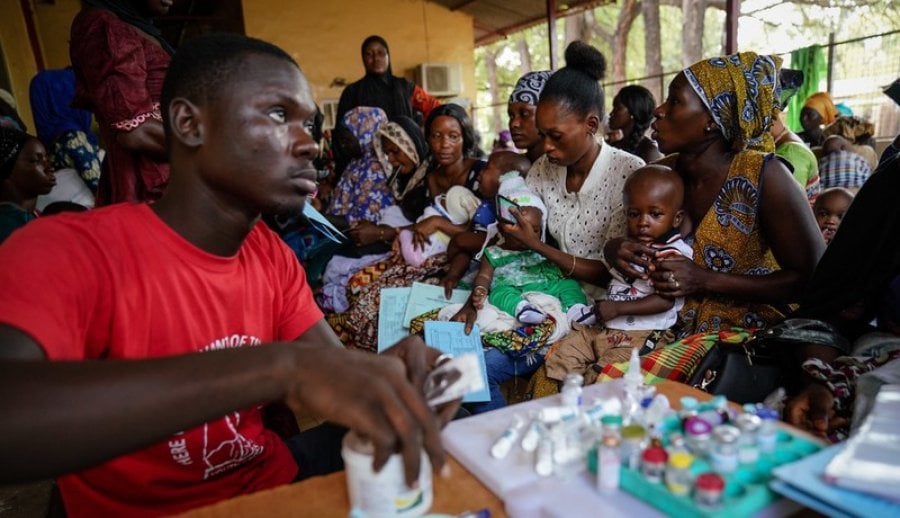
This September, the World Health Organization has issued two key documents aimed at strengthening AMR surveillance: the GLASS guidance for national reference laboratories and the Global report on the epidemiology and burden of sepsis.
The Global Antimicrobial Resistance Surveillance System (GLASS) framework was launched in 2015 with the scope of supporting global surveillance and research in AMR and promoting a unified approach to AMR data collection, analysis and sharing on a global level. National reference laboratories are key institutions for country-wide pathogen and AMR surveillance. Their roles comprise issuing guidance for lower-level laboratories, supporting them in establishing testing methods, ensuring high-quality results, providing assistance during outbreaks, and monitoring the collection of surveillance data.
The framework's new guidance for national reference laboratories is a technical document describing the roles of reference laboratories with the aim at enhancing their capacity within the national AMR surveillance systems. Improved AMR surveillance on a national level would then contribute to a better understanding of the global AMR landscape. On a local level, improvements in national reference laboratory-led surveillance would translate to a better understanding of the local AMR epidemiology and optimisation of patient management guidelines.
According to the Global report on the epidemiology and burden of sepsis, in 2017 an estimated 49 million individuals developed sepsis worldwide resulting in 11 million deaths. Around 40% of sepsis cases occurred in children under the age of 5 years with the highest incidence among neonates. Sepsis incidence and mortality are highest in LMICs from sub-Saharan Africa and Asia.
AMR also plays an important role in sepsis-related mortality and morbidity by rendering treatment ineffective. Furthermore, special patient categories with hospital-acquired sepsis, such as neonates and the critically-ill, have an even higher burden of antimicrobial-resistant infections and a higher mortality.
The report also highlights the gap in our understanding of AMR patterns in sepsis. For LMICs, this is due to difficulties in pathogen identification and antimicrobial susceptibility testing related to patients having to pay out-of-pocket for healthcare-related costs and the lack in availability of laboratory services and consumables required for testing.
Our postgraduate taught courses provide health practitioners, clinicians, policy-makers, scientists and recent graduates with a world-class qualification in public and global health.
If you are coming to LSHTM to study a distance learning programme (PG Cert, PG Dip, MSc or individual modules) starting in 2024, you may be eligible for a 5% discount on your tuition fees.
These fee reduction schemes are available for a limited time only.
